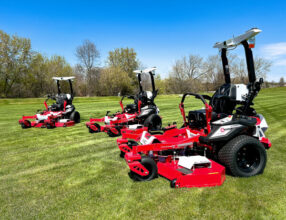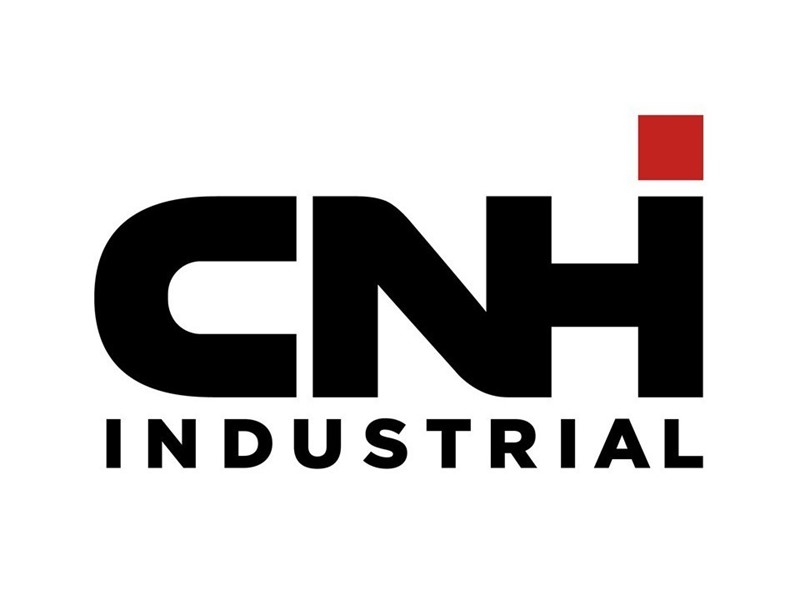Maximizing sales
Path to profitability starts with the ultimate sales strategy
By Curt Larson
If you ever took a salesmanship course, you may have heard the instructor say, “Nothing happens until something is sold.” I’ve heard that phrase many times, and believe those words are very true.
A sale initiates a customer relationship. It allows another unit to be produced and brought into inventory. A sale also provides an opportunity to serve, an obligation of sorts, and hopefully an annuity for further business. Also, the first number found on a profit-and-loss statement is — yes — sales. This is where the business process begins and what will keep your business on a growth path.
To maximize sales, you need to create a “sales strategy” that brings customers to you, so you can effectively present, demonstrate, and close. Having the right products, right prices, right value and superior customer support are the building blocks to your sales strategy.
Finding a need and filling it
What needs exist in your local community? Who is your competition, and what do they sell? Are your products and your competitor’s products stale? What new products are on the market that you can offer? What market needs can you fill that may be entirely missing or underserved? Promoting new products, or new product features and benefits, will help you build customer traffic.
Are there business niches in your community that you or your competitors may have overlooked? How about parts and service support, demonstration and delivery models, leasing of commercial product, extended warranties? Promoting hard-to-find parts? A website selling strategy? Are there municipal, government or institutional clients that you can serve? How about new landscapers, commercial cutters, arborists, tree service operators?
People buy solutions, not products
Customers want “tall grass short,” and they want the mowing chore to take the least amount of time. They want equipment that will save them money and effort over time. They don’t want poor-performing products or poor customer support.
Commercial clients want higher productivity and will not be satisfied with any downtime. They want long-lasting, dependable products that will be productive for many years or seasons. They want products with great warranties and fast service.
These are the buying motives that you must address in your promotional messages. Emphasize these motives and solutions to get prospects to your door. Use these messages in your presentations and demonstrations.
Prospecting for new customers
Building traffic, getting on the “short list,” being top of mind, and staying relevant are critical steps.
Your advertising; your website; e-mail contacts and reply; Constant Contact; inbound and outbound phone prospecting; special events; open houses; direct mail; and direct sales calls to commercial, industrial or municipal accounts are the required steps. Location and store image also influence your prospecting strategy.
Finding new clients and getting them to your door is essential. To just stay even — much less to grow your business — you need new clients. Normal attrition, people moving away, people closing businesses, people opening businesses are all elements of the cycle we face every day. Base your chances of growth in sales by being proactive. Develop a plan, and work the plan.
Getting customers to your door and making a successful approach
There are many things that you cannot control, but you and your staff can be prepared to enthusiastically greet clients/guests as they enter your facility. A big smile and friendly hello are among the least costly and most effective ways to gain a favorable first impression. Even on a busy Saturday, acknowledge clients/guests with a hello or “I will be right with you.”
This must be genuine, and the goal is to establish a friendly, cheerful atmosphere, as well as a positive relationship. People buy from friends and people they like and can relate to. Be full of energy and enthusiasm to win them over. Have a standup sales meeting with your staff on Saturday mornings before the doors open. Make it a pep rally, and be enthusiastic.
Questions and identifying the customer’s needs
Questioning is an “art.” Use open-ended questions that require customers to reveal their needs and wants, as well as their bias. The more you can get them to talk, the better you will be prepared to provide a tailored answer.
How much are you cutting? Who will use the equipment? Questions and answers provide the salesperson with a better understanding of the customer’s needs and requirements. This will guide the salesperson to narrow the product solution choices. Beyond basic needs, what are the customer’s expectations? Has the customer been disappointed with the products he or she presently uses? What new requirements may the customer have?
Presentation and demonstrations must be benefit centered
Solution-based selling means that your focus is to present benefits along with features. You will be guiding your client to the decision. You are solving a problem and filling a need. You will be gaining trust in the relationship as you “win business” for your company.
Practice your demonstration, so you can smoothly and effectively show your prospect how the product will operate, save time, and be more efficient. A botched demonstration is an embarrassment to you and your prospect, as well as possibly a lost sale.
Your presentation must show the passion that you have for your products and pride in your business. Present persuasively, show enthusiasm, set up to get the results. Win them over, and win the business.
Buying signals help the salesperson adjust
Not only do answers from the prospect help the salesperson tailor the message, but non-verbal “buying signals” should be carefully watched. They are an “alert system” to the salesperson. I love the interaction in a sales presentation. As you watch the prospect’s body language, eye movement or focus, yawning or the extended hand ready to sign an order, be prepared to shift. Great salespeople pick up on these non-verbal signals.
The worst scenario is talking past a customer who was ready to buy — missing the non-verbal signal that meant, “Hand me the order pad, and I will sign now.” I’ve seen it happen many times. The client was ready, and the salesperson droned on.
Closing is the most important step
You can do everything right to get prospects to your door, qualify needs, and provide a masterful presentation, but you must be able to close.
Closing the sale is an art form and should be baked into your presentation.
Trial close and assumptive selling set up the prospect for a successful close. For example, you could say, “You are going to love this product, and think of how much more leisure time you will have.” Or you could say, “This purchase will cut your lawn maintenance and mowing time in half. How does that sound to you?”
Get the prospect saying “yes” along the way. Confirm the positive signals that you receive both verbally and non-verbally. Move your head up and down as you get a positive signal.
Use closing questions such as, “Can we help you take this home today?” or “Can we deliver this to your home or business on Monday?” You are asking the customer to decide on when to deliver, not if to deliver.
Suggesting additional products and services to buy
Keep on selling. When a commitment to buy is received, move to offer logical “add-on items” that would benefit the customer. These may include: accessory products, covers, maintenance programs, extended warranties, pre-mixed fuel for handheld products, fuel containers, hearing protection, protective glasses, and battery trickle chargers. For a little extra effort, these profitable add-ons can make a difference in the total gross margin of your final sale.
Remember, your ability to grow is fully dependent on growth in sales.
Curt Larson is founder and president of Curtis Research Associates, LLC, a business development research and distribution consulting firm that specializes in serving industrial, outdoor power, marine and construction equipment manufacturers and distributors, many of whom utilize dealer networks. Larson possesses 35 years of extensive experience in the outdoor power equipment industry. Prior to establishing his consulting firm in 2003, Larson worked 17 years for Briggs & Stratton Corporation, where he served as an elected officer and held three vice presidential positions in sales, marketing, distribution and customer support. For more information about Curtis Research Associates, LLC, visit www.curtlarson.com.



